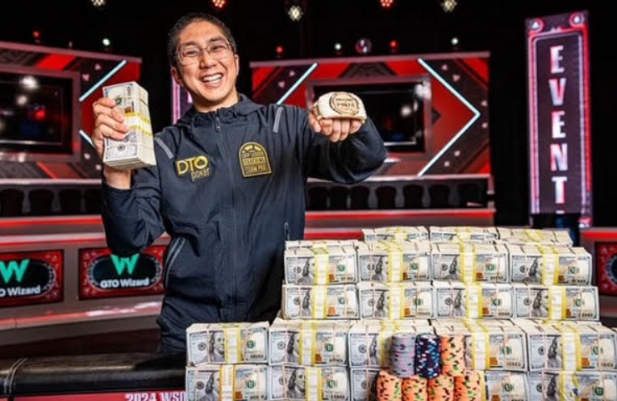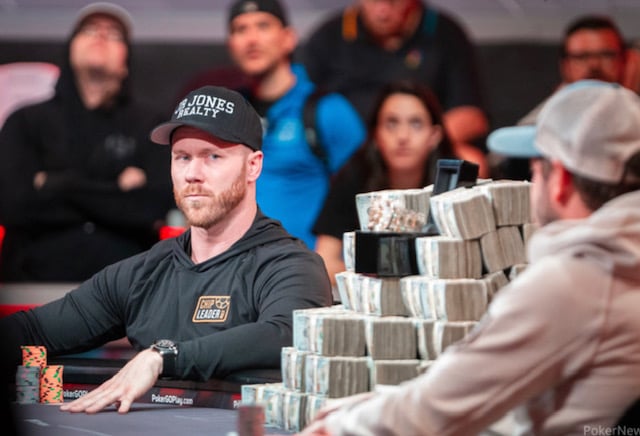Poker is a complicated game, and making the right betting decisions can be a misunderstood concept. One thing that separates poker pros from recreational poker players is knowing how to extract maximum value from hands. One of their tricks of the trade is making thin value bets and winning more chips with good but not great poker hands.
These bets can be challenging because they require a good understanding of your opponent’s tendencies and the ability to accurately assess the strength of your own hand.
Some of the most common questions asked by beginners are surrounding common value betting scenarios. Learn proper betting in poker and check out these optimal times to place thin-value bets against your opponents!
1) Against Weak Players Making Loose Calls
Thin value bets can be effective against weak players who are prone to calling bets with mediocre hands. Because these players are more likely to make mistakes and not fold their weaker hands, it can result in you winning more chips with your thin value bets.
Here are some signs a player is weak and should be targeted for thin-value bets:
- They enter a lot of pots and don’t fold to aggressive opponents
- Do not want to be bluffed and have “to see it” rather than folding.
- Routinely calling down with a marginal hand (example: 2nd or 3rd pair)
- Tend to misread the strength of their hand
2) Postflop Play
Thin-value bets can also be made on the flop, turn, or river, depending on the situation. When making these bets on the flop, consider how strong your hand is and the texture of the flop. If the flop is dry, make a smaller bet to extract value from weaker hands. But if the flop draws heavy, you may want to bet larger.
On the turn, consider your opponent’s likely range as well as the board texture and the strength of your hand. If you have a strong hand and the board is favorable for your range make a small bet to extract value from weaker hands.
When making thin value bets on the river, think about the overall action of the hand. If the action on previous streets has been passive, you can make a small bet to take advantage of weaker hands. You primarily want to do this against weak players as good players will tend to pick up on the small bet size and will put you to the test with a large raise.
3) Stack Size
Your stack size relative to your opponent’s stack can dramatically influence your ability to make thin value bets. If you have a huge stack and your opponent has a smaller stack, they may be less willing to call your thin value bet as they are risking more of their chips.
What stage of the poker tournament are you in? If the blinds and antes are low, stack size might not be as important since players are more willing to take risks to grow their stack. A small bet at this stage of the tournament represents a small percentage of your opponent’s stack, making it more likely that they will call.
In later stages of the tournament, however, the pressure to survive is far greater and the antes and blinds are much higher. This is when you should seriously consider both your and your opponent’s stack sizes before making thin-value bets.
Thin value bets can be a profitable strategy in poker tournaments, but they require careful consideration of the situation, your opponent’s tendencies, and their stack size. If you take all of those into account, you can add thin value bets to your arsenal and increase your chances of running deep!
Interested in learning more about poker strategy and a wide range of advanced concepts? Click here to learn about Chip Leader Coaching.










